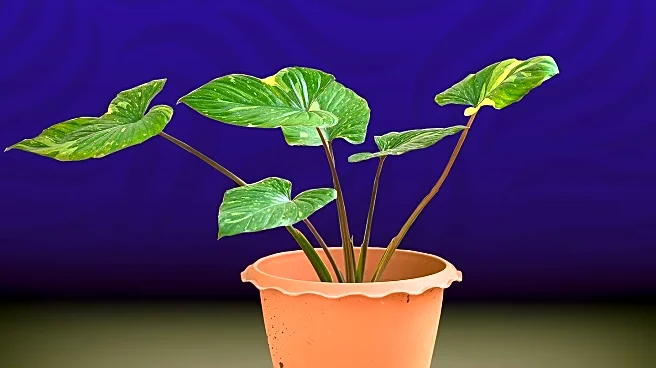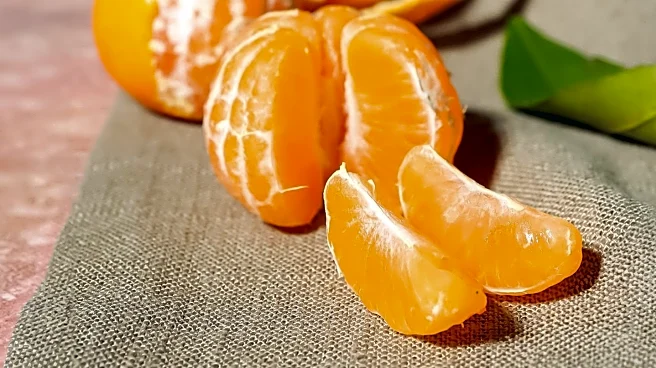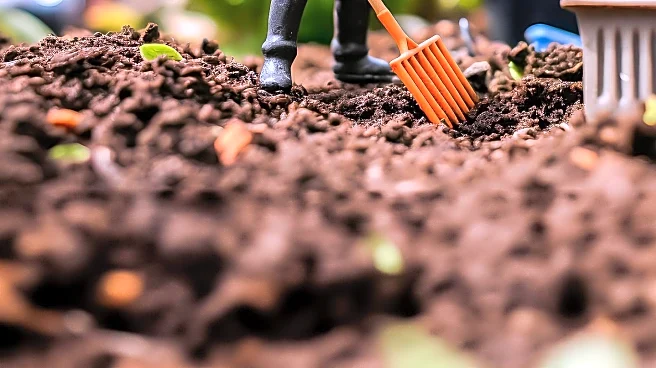What is the story about?
What's Happening?
Amanda McNulty, a Clemson University Extension Horticulture agent and host of South Carolina ETV’s 'Making It Grow!' gardening program, recently discussed an interesting phenomenon regarding chlorophyll storage in citrus fruits. During a segment, Glen Payne, an Extension agent in Beaufort, presented a tangerine whose grower was concerned about the fruit turning brown. Payne explained that the browning was a natural process similar to autumn leaves, where the plant reabsorbs chlorophyll, allowing the orange color to emerge as the green fades. This process is a normal part of the fruit's maturation, and once the tangerines reach a good orange color, they are ready to eat. Payne also advised that thinning the fruits in the future could result in larger tangerines.
Why It's Important?
Understanding the natural processes of fruit maturation is crucial for growers and consumers alike. This knowledge helps in managing expectations regarding fruit appearance and quality. For citrus growers, recognizing that browning is a normal part of chlorophyll reabsorption can prevent unnecessary concern and ensure that fruits are harvested at the optimal time for flavor and size. This insight can also aid in better crop management practices, such as fruit thinning, which can enhance fruit size and marketability. Educating the public on these processes can lead to more informed consumers who appreciate the natural variations in fruit appearance.
What's Next?
Growers may consider implementing Payne's advice on fruit thinning to improve the size and quality of their citrus crops. Additionally, educational programs like 'Making It Grow!' can continue to provide valuable insights into horticultural practices, helping both amateur and professional gardeners optimize their yields. As awareness of these natural processes increases, it may lead to broader acceptance of fruit appearance variations in the market, potentially reducing food waste.
Beyond the Headlines
This discussion highlights the importance of agricultural education and the role of extension services in disseminating practical knowledge to the public. By demystifying natural processes, such programs can foster a deeper appreciation for agriculture and encourage sustainable practices. The cultural significance of understanding and respecting natural growth cycles can also contribute to more sustainable consumer habits.
AI Generated Content
Do you find this article useful?














